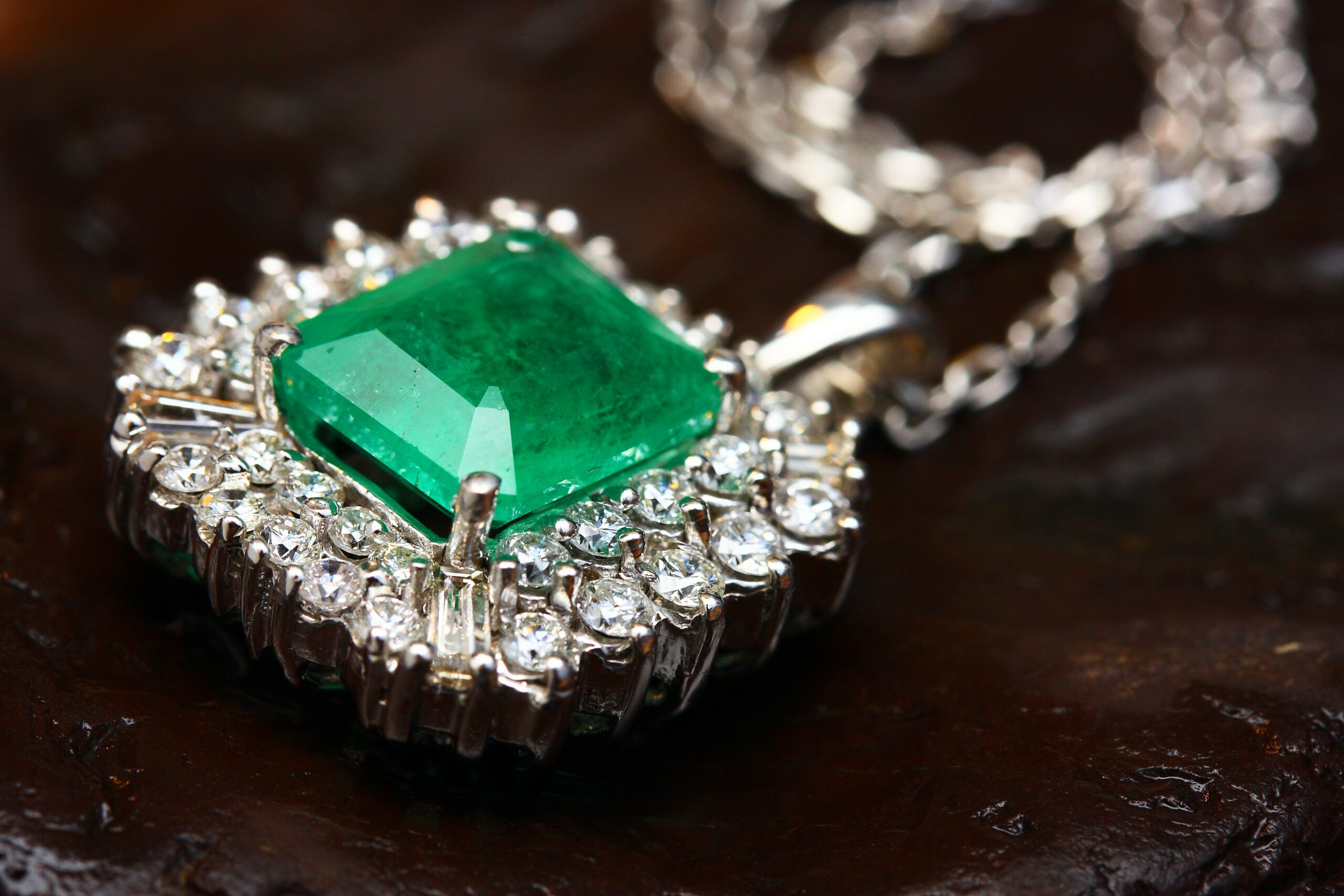The Big Three – Why Ruby, Sapphire and Emerald are the most sought after gemstones

When someone thinks of gemstones, Rubies, Sapphires and Emeralds will often spring to mind first. These 3 precious gemstones are referred to as the ‘big 3’ and remain the most sought-after gemstones in the world due to their hardness, rarity and beauty.
Ruby, Emerald, Sapphires and Diamond are the only gemstones categorised as ‘precious gemstones’. All others were referred to as ‘semi-precious’. This is in reference to their value, rarity, durability and beauty. A really fine Ruby, Sapphire or Emerald can actually be priced higher per-carat than a diamond, which automatically categorises these 3 as the ultimate-coloured gemstones.
We’re taking a look into the history of the big 3 and what it is that makes them so special.
Emerald
The first known emeralds emerged from the mines of ancient Egypt. Estimates of the earliest emerald mining came from about 3500 to 330 BC. Cleopatra was known to have a passion for emeralds and used it in her royal adornments. Ancient civilizations attributed all kinds of magical qualities to emeralds. Their beliefs took hold and spread through the centuries, enhancing emerald’s allure. Some people believed its green colour represented fertility and rebirth. Others believed you could see the future by holding an emerald under your tongue. Others thought wearing one would strengthen your memory, make you more eloquent, help you avoid evil spells, and reveal the truth of your lover’s statements. Emeralds were also used as antidotes for poisons and to prevent epilepsy in children.
Sapphire
The most famous historical sources are the Kashmir region, which straddles Pakistan and India, as well as Myanmar and Sri Lanka. Today, the major sapphire sources are Madagascar, eastern Africa, Sri Lanka, and Australia. Madagascar is the most significant source of good- to fine-quality blue sapphire. Thai sapphires are usually dark blue in colour, Cambodia supplies many fine-quality blue sapphires and Australia’s sapphires tend to be a dark to very dark bluish-green.
In ancient Greece and Rome, kings and queens believed that blue sapphires protected their owners from envy and harm. In other times and places, people also believed sapphires had the power to guard chastity, make peace between enemies, influence spirits, and reveal the secrets of oracles.
Ruby
Rubies have been treasured by both ancient and modern cultures as a precious gemstone known for its beautiful red hue and passionate sparkle. The most significant factor affecting a Ruby’s colour is its colour. The finest ruby has a pure, vibrant red to slightly purplish red colour. In most markets, pure red colours are the most expensive and rubies with overtones of orange and purple are less valued.
In Burma (a ruby source since at least 600 AD—now called Myanmar), warriors possessed rubies to make them invincible in battle. According to 13th-century medical literature from India, rubies were also believed to cure digestive disorders and bring health, wealth, wisdom, and love. People also believed that if you wore a ruby in a ring on the left hand or in a brooch on the left side, it would give you a magical ability to live in peace among your enemies. Overtime, many large rubies were mined and acquired by royal families around the world. These would include the, Black Prince Ruby and the Burmese Ruby Tiara for Queen Elizabeth.
So, why are Emeralds, Sapphires and Rubies more sought after?
Emeralds, Sapphires, and Rubies (the “big 3”) are generally considered precious gemstones whereas most other gemstones are considered semi-precious. Precious gemstones are more sought after, and more expensive than semi-precious and there are several reasons for this. Firstly, Rarity. Emeralds, Sapphires and Rubies are the rarest of all gems and therefore usually the most expensive. There are exceptions to this, as other rare gemstones with unusual colours or exceptional clarity can be more expensive. However, the general rule is that the big 3 are the most expensive and valuable gemstones.
Another factor that plays into the cost is their durability. Sapphires and rubies are among the hardest gemstones, ranking 9 out of 10 on Mohs hardness scale. Hardness refers to a stones ability to resist scratches. A Diamond is the hardest stone, ranking 10 on the scale. Having a higher Mohs rating means the gemstone is more durable, will scratch less easily, and be a stone with higher longevity. Emeralds rank 7.5-8 which is still more durable than some of the other popular gemstones e.g. amethyst (7), citrine (7), garnet (6.5-7.5), and tanzanite (6.5-7).
Get in touch by filling out a contact form, booking a virtual consultation, or simply chatting to us over our socials. Our diamond and gemstone experts will be happy to help.
WITH LOVE


 Download our size guide to print.
Download our size guide to print.